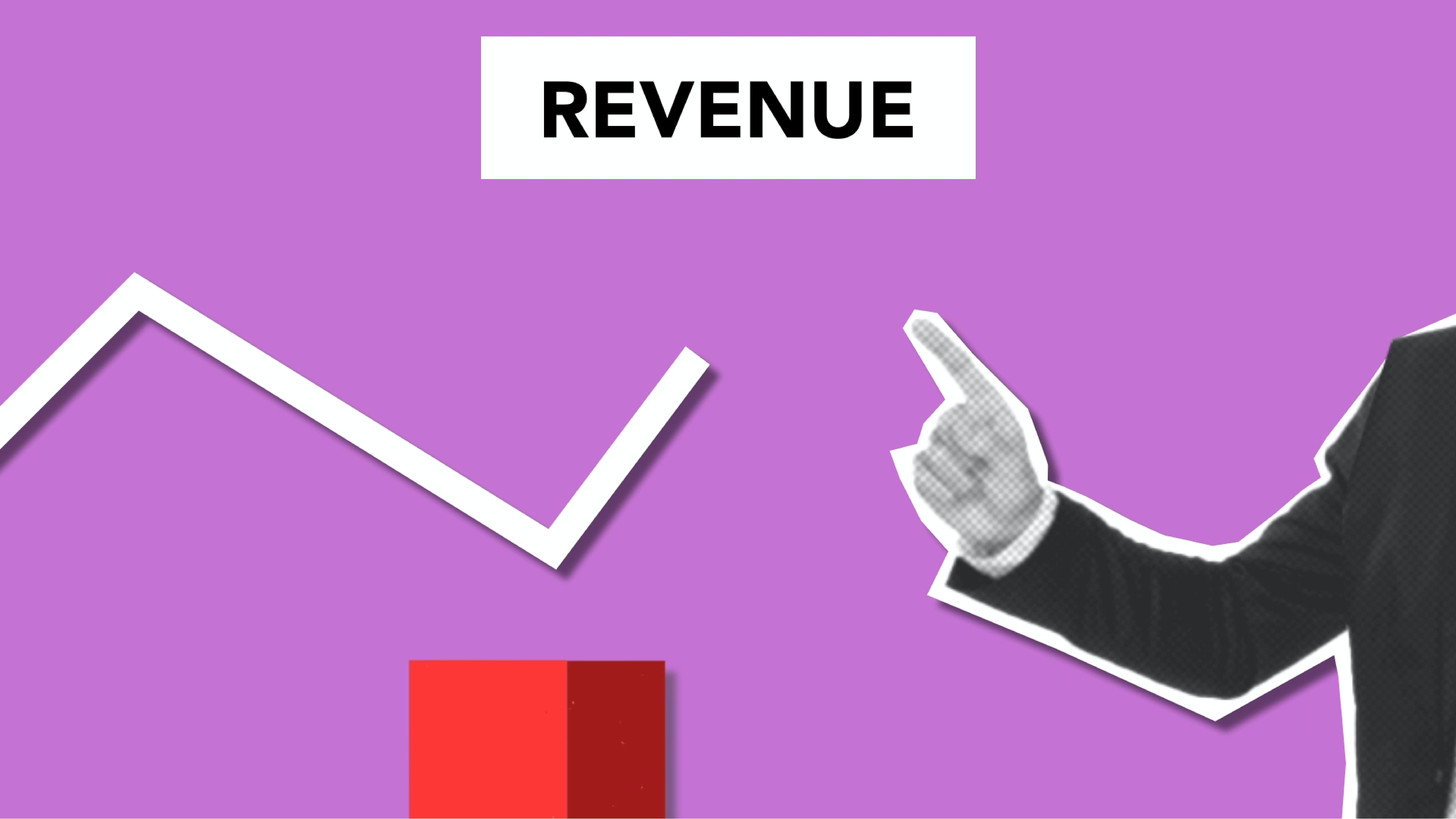Ever think about the interactions you have with a company? How each precise moment may seem tailored to your needs and catered towards the experience you are looking for? In the UX industry there is a technique used to ensure this end result and it's called alignment diagrams. I had the opportunity to read a very interesting article on the idea of alignment diagrams and how they serve a perpetual purpose among the growth of companies. Parsons Journal For Information Mapping (PJIM), written by James Kalbach & Pul Kahn, shared their discoveries on the business process and provided advice to take full advantage of each customer touch point.
There are three major design avenues that play a component in the user/customer process, those being: Information Architecture (IA), User Experience Design (UXD), and Service Design (SD). Along with these visual techniques to map out the strategic thinking to guarantee customer satisfaction, the idea of alignment diagrams allows a business to visually map out the touch points they have with a customer throughout the business process. Alignment diagrams are created to allow for a structure to reveal the customer touch points and give constructive insights to where the design and business process needs to be altered in order to optimize the experience.
There are two very important components to a successful alignment diagram, the customer behavior and the business process. Common visualizations that are used in the UX industry include: site maps, overview diagrams, workflows, customer journeys and service blueprints. These visualizations are gathered from a number of data collection methods, including: ethnographic observation, user interviews and card sorting. All of these methods play a unique role in gathering insights towards a positive user experience.
“The business focuses on maximizing a target market’s profits and potential for growth. Customer-centered design focuses on maximizing the value of a product or service to the customer” writes Kalbach & Kahn. The idea is to be able to pinpoint the location in the business process where there is an overlap between the consumer and the company. This maximizes the value for both parties and allows for a hyper focus on that exact moment of intersection. Decreasing the noise between the customer interactions and keeping the experience seamless proves to not only be beneficial towards the customer but also increase value for the business. Once the business understands customer perception and loyalty they can begin to align their business goals. Kalbach & Kahn also note, “Mapping the steps in a production and consumption process is the best way to see opportunities for improvement.”
Several other design techniques come into play when mapping out the steps of the business process. Using a service blueprint to help structure the customer journey is the best way for a designer to visually see where the issues occur. Furthermore, mental model diagrams allow you to visualize where your business strategy aligns with the current user experience. Journey maps play a large role in the experience design, allowing to fully map out the beginning to end. This will include the first time a potential customer researches the company to the point where they decide to make the purchase. All these interactions reiterate the idea of ‘touch points’, providing an opportunity to reconstruct that interaction to a more positive one. The journey map defines the customer perception of the company and illustrates the amount of time invested in to their ‘relationship’ with a business. Each touch point may be different for each customer. Someone who tends to spend more time researching the internet prior to a purchase will need a more personalized experience tailored to their specific needs. Someone who skips the research portion and spends an extensive amount of time interacting directly with the company versus purely researching it.
By using these techniques, specifically alignment diagrams, benefits both sides of the transaction – the customer and the business. The PJIM article’s closing statement says, “These visualizations reveal value that can not only aid in the creation of products and services, but also improve changes in the business strategy as well.” The important takeaway is to consider all aspects of the relationship between a business and customer. By leveraging these diagrams, you can discover opportunities that increase your customer loyalty and benefit your business strategy.
To read the full article from PJIM, find it here.










Comments
Add Comment